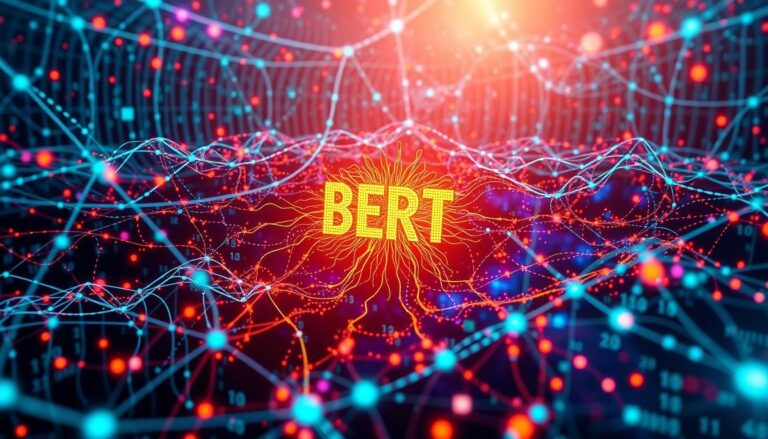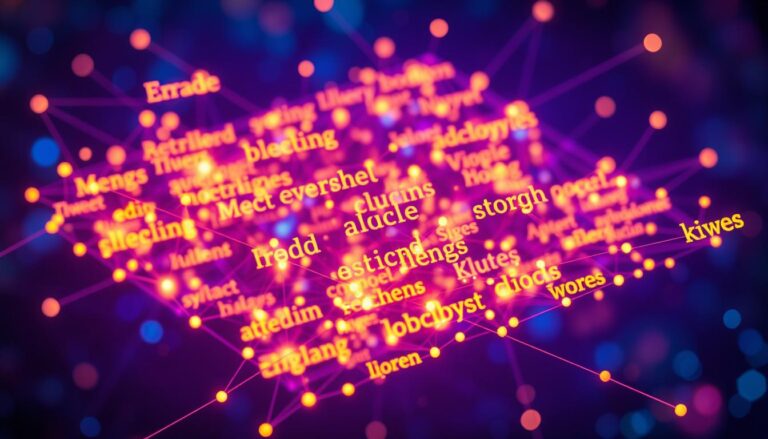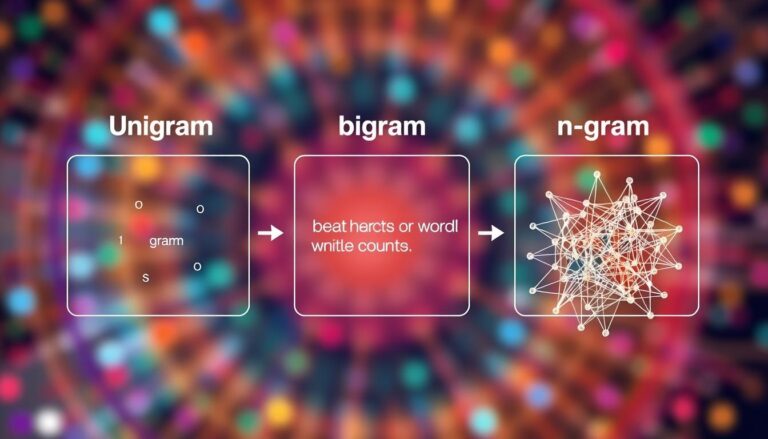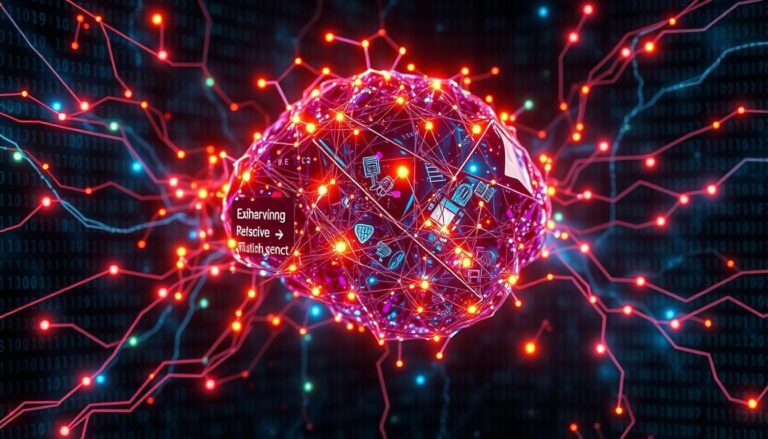What is BERT (Bidirectional Encoder Representations from Transformers) and how is it used?
BERT is a groundbreaking language model developed by Google AI in 2018. It has changed the game in natural language processing (NLP). Unlike old models, BERT reads text in both directions, understanding left and right context. This lets it grasp language nuances better. Thanks to this, BERT excels in many NLP tasks. It does well…










